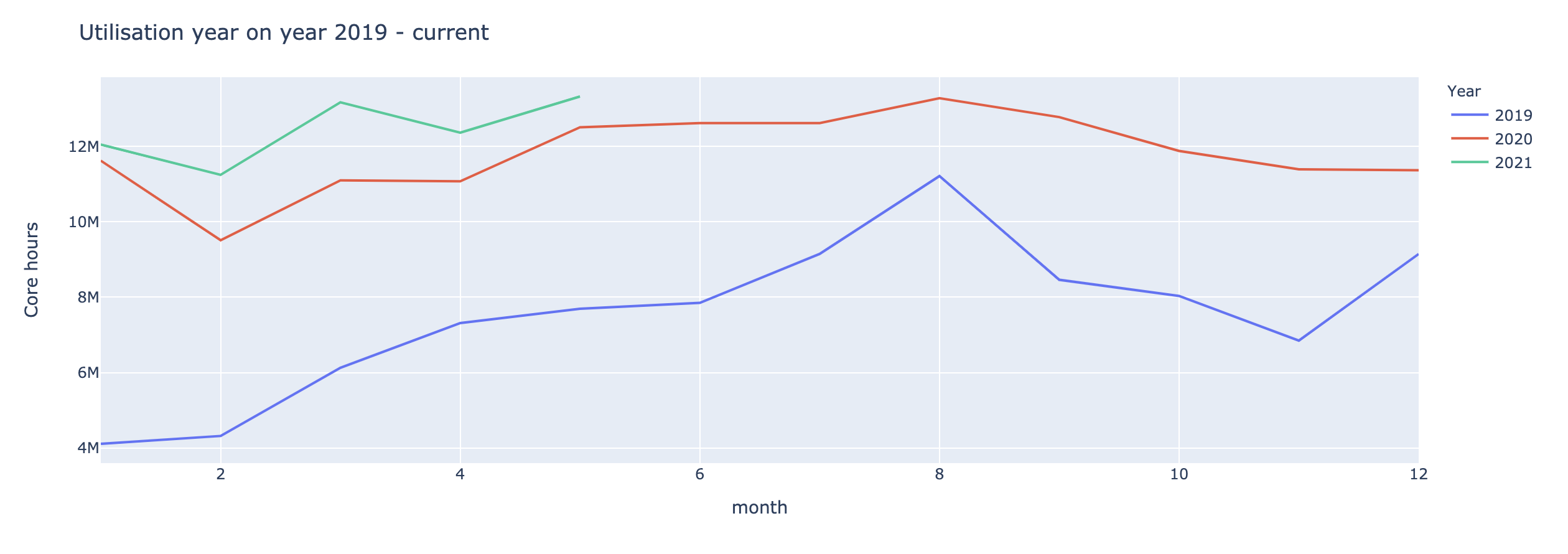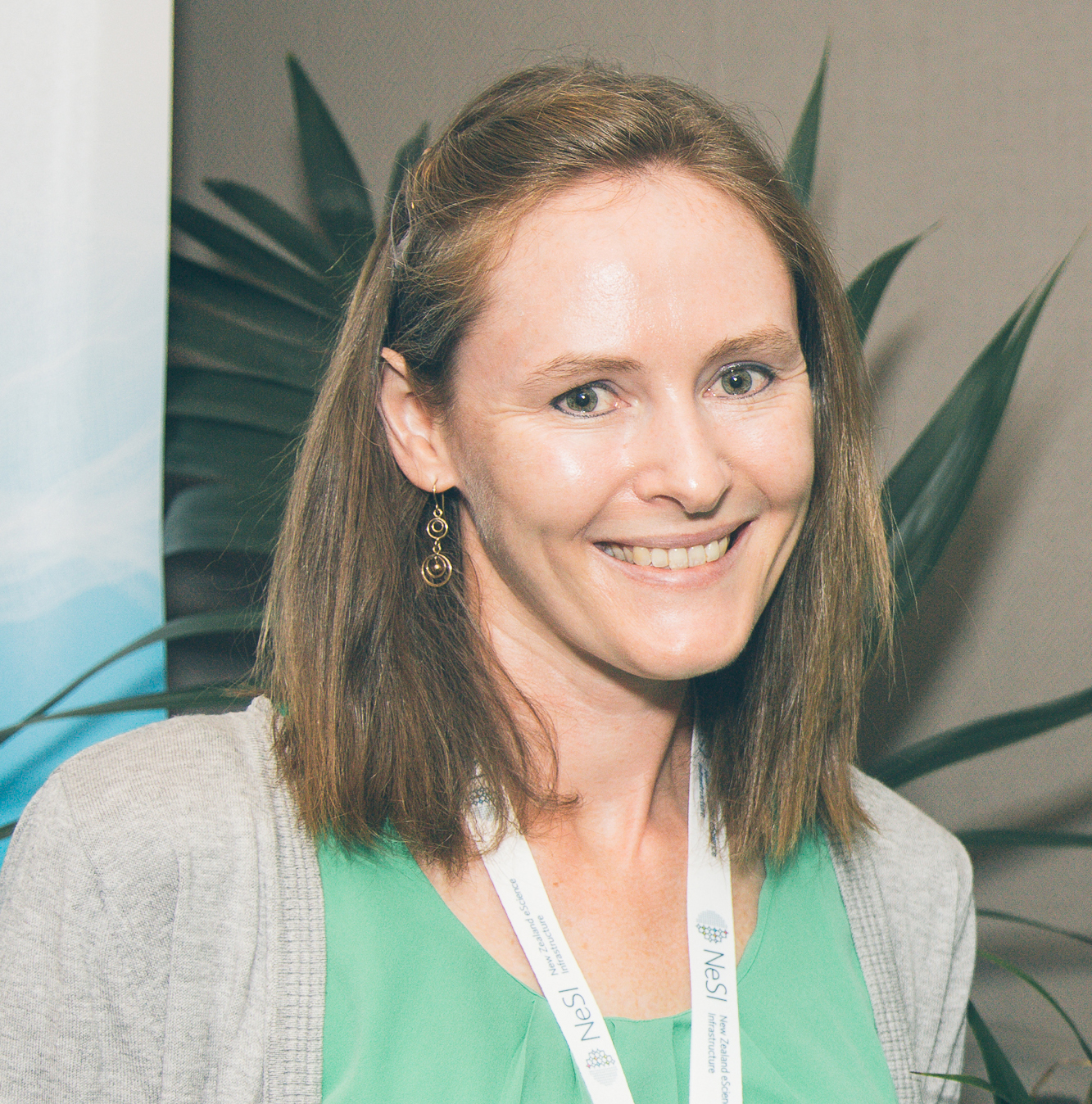$2.1 million collaborative investment responds to growth in demand and scale of national research computing capabilities
A new $2.1 million investment announced today by New Zealand eScience Infrastructure (NeSI) will ensure the country's national research computing platforms remain responsive and high-performing to power researchers’ data-centric and data-intensive research.
The investment, a collaboration by the University of Auckland, University of Otago, and Manaaki Whenua - Landcare Research, will double the performance and significantly extend the computational capabilities of the Mahuika High Performance Computing (HPC) cluster.

Since Mahuika came online in 2018 as part of New Zealand's last major national infrastructure investment, the number of users and scale of research on the HPC platform has grown nearly 50% year upon year. In the last year, the Mahuika and Maui clusters have seen record-setting usage and sustained demand over time.

"What we're seeing in the sector is a rapid uptake in software, tools, and technologies around computation -- we're lifting the scale and increasing the richness of the platform to keep pace with researchers exploring the frontiers of their science," said Nick Jones, Director of NeSI. "No one party is capable of taking on that challenge alone, so this joint investment by NeSI Collaborators — the University of Auckland, the University of Otago and Manaaki Whenua - Landcare Research — is the sector coming together to achieve scale and enable science."
Whether it's Covid-19 modelling, agritech, engineering, language analysis, environment and primary production genomics, or human and taonga species genomics, HPC and eScience are essential to the conduct of contemporary research.
"New Zealand researchers are using HPC and eScience to open doors for their contributions to leading edge research on the global stage," said Jones. "HPC continues to be recognised as a strategic national capability, from the hardware innovations through to the societal and science challenges it enables."
This upgrade and extension of Mahuika brings together new tools and technologies to keep pace with today's increasing diversity of research drivers. These include growth in data, complexity of models, and a spread of maturity across research communities.
Mahuika's additional capacity – based on the class-leading AMD Milan architecture – will allow a wider range of research communities to adopt HPC approaches and build digital skills within their research teams. New NVIDIA HGX 80GB A100 Graphics Processing Unit (GPU) cards – building on previous investments and paired with specialised software and tools for machine learning – will support more analysis at scale. Expanded high-memory capabilities will allow rapid simultaneous processing for faster results and insights. Also, all components are being designed with a reduced carbon footprint in mind. In addition to doubling Mahuika's computing power, the new nodes are more than 2.5 times more power efficient. The new equipment will be hosted in Wellington, at the national purpose-designed and built HPC facility of NIWA, another NeSI Collaborator.
Dive into the technical details here...
This investment also builds upon an ongoing partnership with Hewlett Packard Enterprise (HPE), who will work with NeSI engineers to bring the Mahuika extension's technology design and architecture to life.
“It is extremely positive to see a previous Cray systems customer see value in the broader portfolio that HPE can offer HPC clients by continuing the partnership a second time round," said April Neoh, HPE Account Executive, HPC/AI & Big Data Storage. "With HPC and Enterprise Systems continuing to see convergence due to BigData and AI, the synergies of both our organisations will be key in leading New Zealand organizations of all sizes to be able to reap HPC's benefits without the headaches traditionally associated with such a deployment.”
As demand from multiple science investments continues to drive contention, future investments will be required to sustain and advance New Zealand's research sector.
"The richness and diversity of researcher needs are driving new and different expectations around how NeSI’s infrastructure and service models should evolve," said Jones. "This extension of Mahuika is a first step in our journey towards delivering the sophisticated and complex services and tools NeSI Collaborators and stakeholders need to sustain a healthy research ecosystem."
If you'd like to learn more about NeSI's capabilities and plans in this space, please get in touch.
Delivering benefits to improve science outcomes
When we shared the news of Mahuika's extension and upgrade with a few members of the research community, they had this to say:

"Genomics Aotearoa researchers are excited about the upgraded NeSI systems. The increased compute capacity (coupled with more memory per node) will help greatly with computationally intensive tasks such as genome graph construction for large genomes. In addition, the powerful new GPUs will greatly accelerate basecalling, alignment and variant calling for projects involving long-read sequencing, which is particularly important for Genomics Aotearoa’s medical genomics projects."
Dr Michael Black
Co-Lead Researcher, Genomics Aotearoa Bioinformatics Capability Project
Associate Professor, University of Otago

“High performance computing is essential for researchers working with large and complex genomic datasets. My team use NeSI’s existing large memory capabilities to run jobs for large genome assemblies and arrays of hundreds of genome-related jobs to achieve rapid simultaneous processing for our assembly post-processing work. I’m extremely pleased that this investment will include more high-memory nodes, because those are the kinds specialised capabilities need to keep pace with the size and complexity of data sets we’re working with today.”
Dr Kim Handley
Senior Lecturer in Environmental Microbial Genomics School of Biological Sciences, University of Auckland

"The Matariki project can potentially scale up its 3D landscape reconstruction workloads in any combination of level of geographical detail, frequency of overall reconstruction, algorithm parameter testing, and area of land coverage. We thus expect to continue benefiting from NeSI’s HPC resources. We very much look forward to testing how Mahuika’s new AMD Milan CPUs may speed up our jobs. From having performed detailed profiling of our code, in collaboration with the NeSI team, we expect that the larger cache-per-core of these new CPUs will have a particularly useful impact for us, alongside the increased core count per node."
Dr David Eyers
Associate Professor, Department of Computer Science, University of Otago





